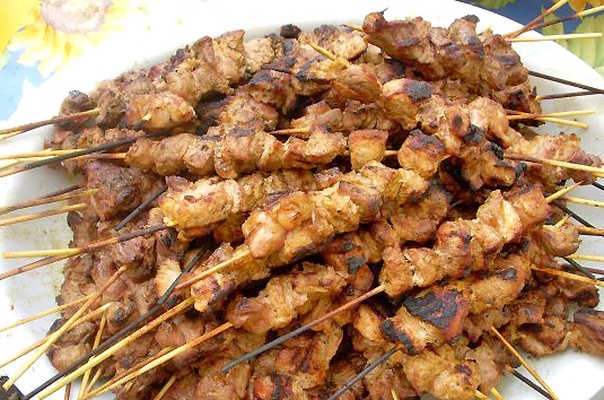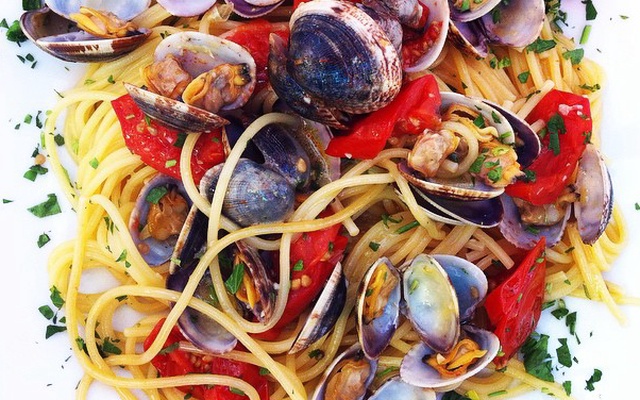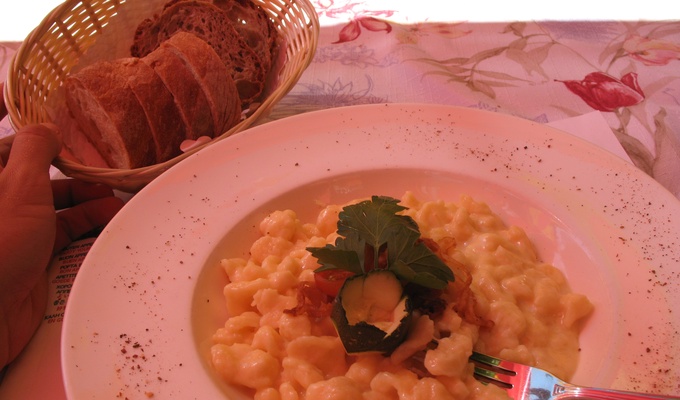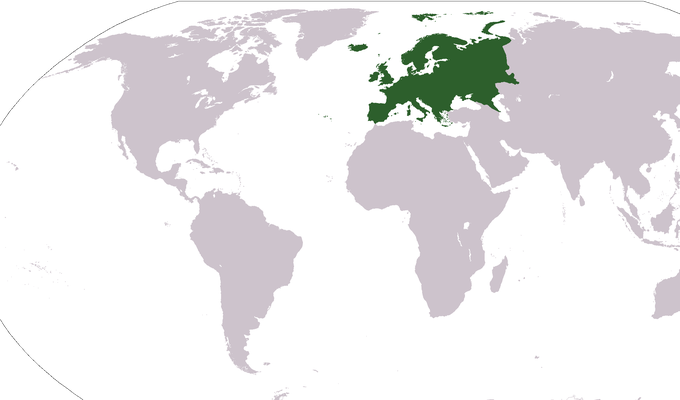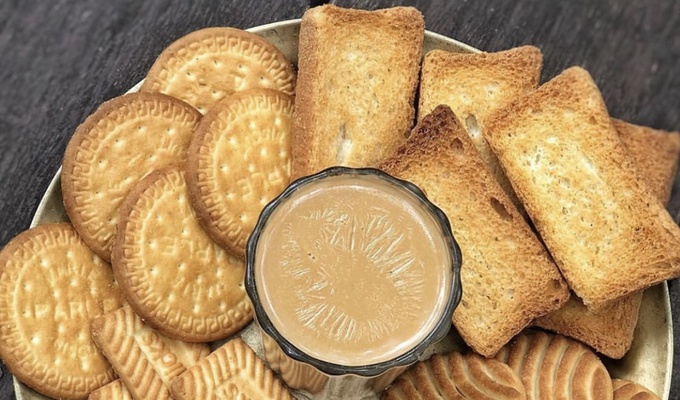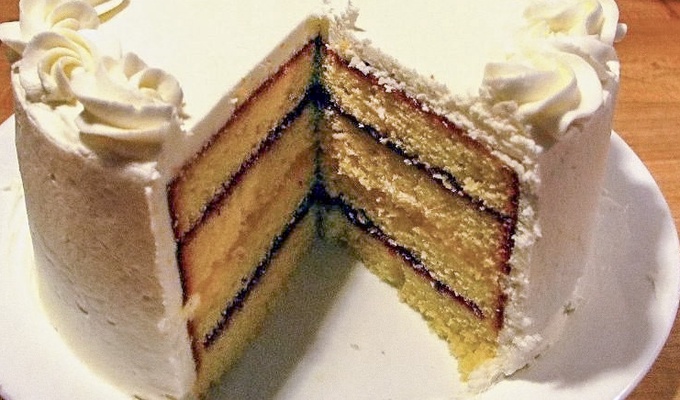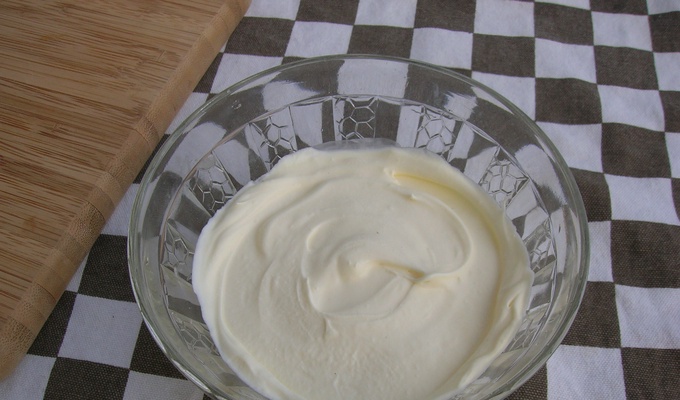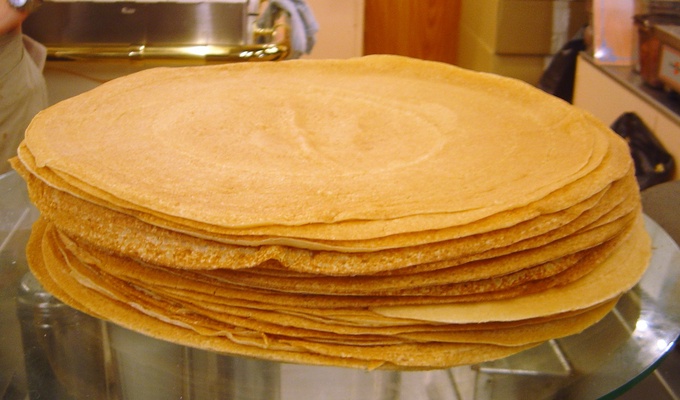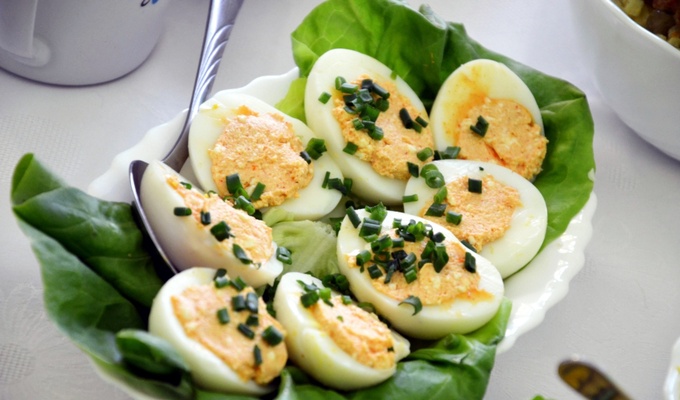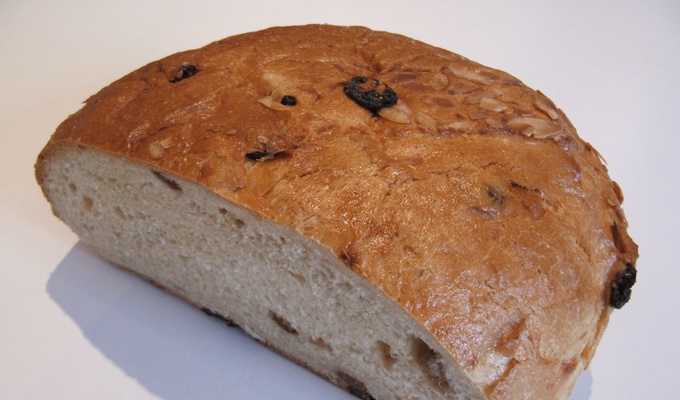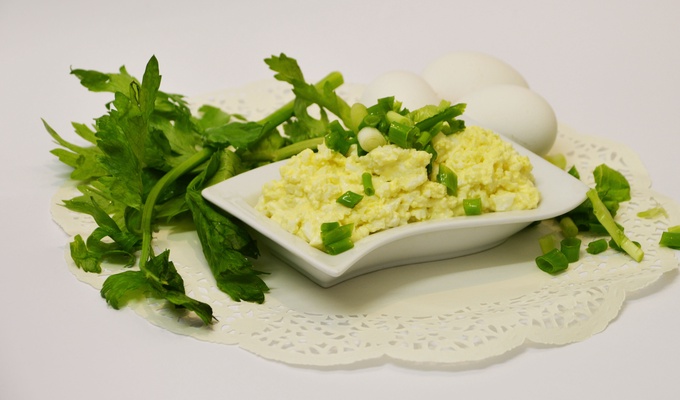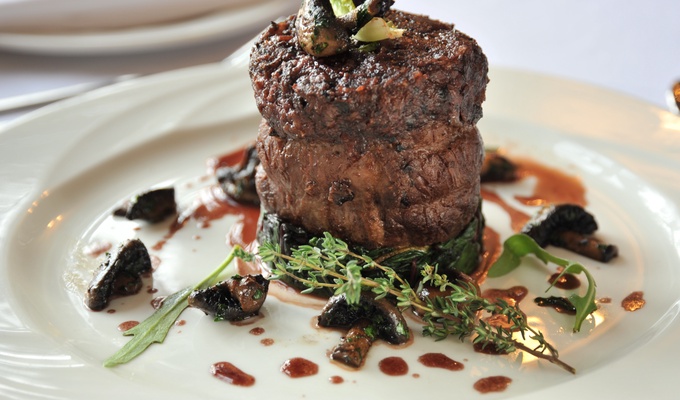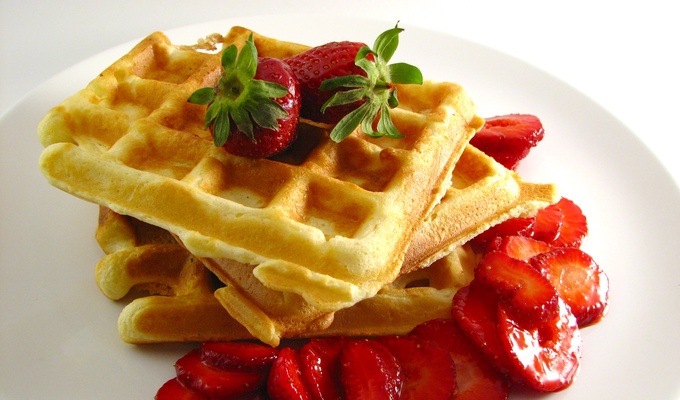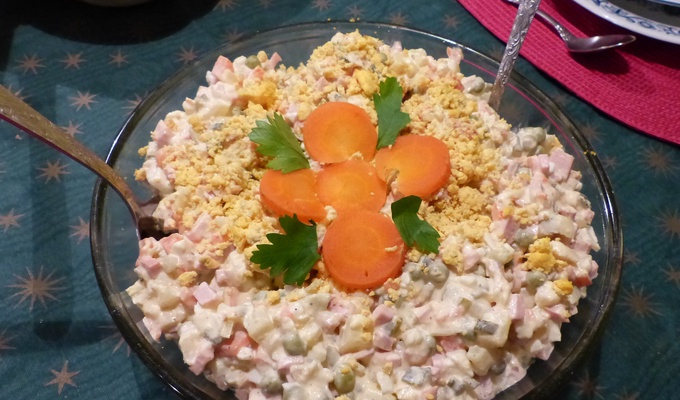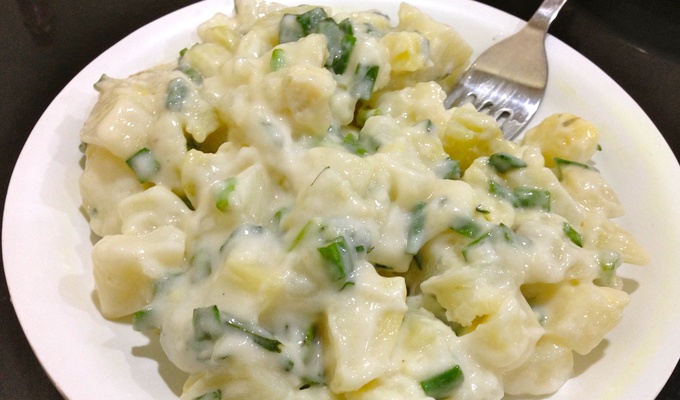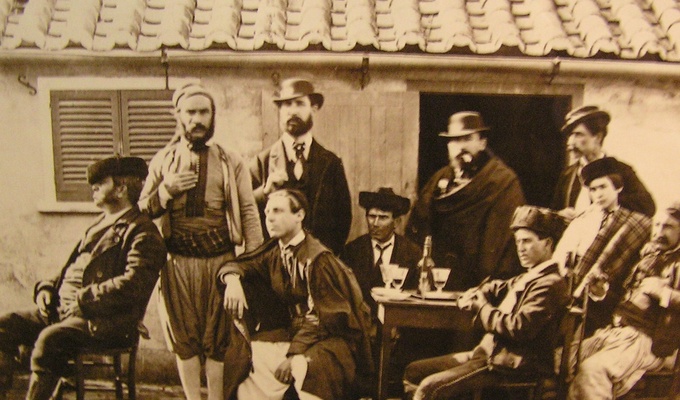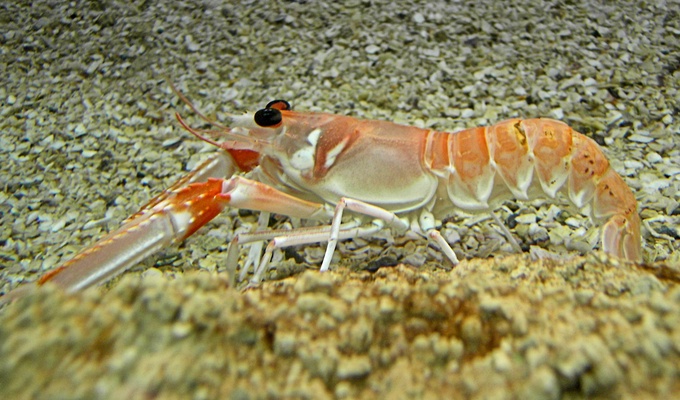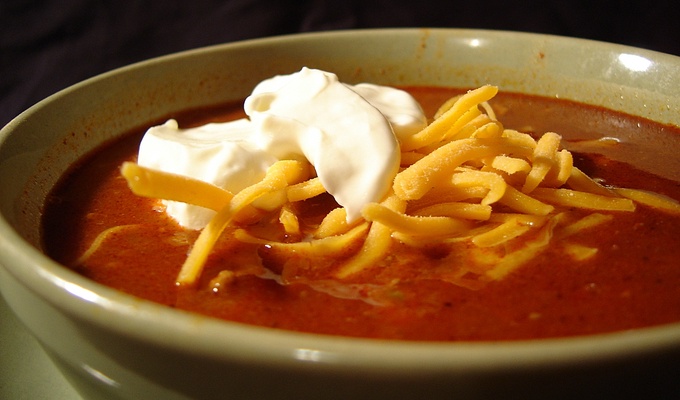European cuisine comprises the cuisines of Europe including the cuisines brought to other countries by European settlers and colonists. Sometimes the term "European", or more specifically "continental" cuisine, is used to refer more strictly to the cuisine of the western parts of mainland Europe.
The cuisines of Western countries are diverse, although there are common characteristics that distinguish them from those of other regions. Compared with traditional cooking of East Asia, meat is more prominent and substantial in serving size. Steak and cutlets in particular are common dishes across the West.(dubious ) Western cuisines also emphasize grape wine(dubious ) and sauces as condiments, seasonings, or accompaniments (in part due to the difficulty of seasonings penetrating the often larger pieces of meat used in Western cooking). Many dairy products are utilised in cooking. There are hundreds of varieties of cheese and other fermented milk products. White wheat-flour bread has long been the prestige starch, but historically, most people ate bread, flatcakes, or porridge made from rye, spelt, barley, and oats. Those better-off would also make pasta, dumplings and pastries. The potato has become a major starch plant in the diet of Europeans and their diaspora since the European colonisation of the Americas. Corn is much less common in most European diets than it is in the Americas; however, corn meal (polenta or mămăligă) is a major part of the cuisine of Italy and the Balkans. Although flatbreads (especially with toppings such as pizza or tarte flambée) and rice are eaten in Europe, they are only staple foods in limited areas, particularly in Southern Europe. Salads (cold dishes with uncooked or cooked vegetables, sometimes with a dressing) are an integral part of European cuisine.
Formal European dinners are served in distinct courses. European presentation evolved from service à la française, or bringing multiple dishes to the table at once, into service à la russe, where dishes are presented sequentially. Usually, cold, hot and savoury, and sweet dishes are served strictly separately in this order, as hors d'oeuvre (appetizer) or soup, as entrée and main course, and as dessert. Dishes that are both sweet and savoury were common earlier in Ancient Roman cuisine, but are today uncommon, with sweet dishes being served only as dessert. A service where the guests are free to take food by themselves is termed a buffet, and is usually restricted to parties or holidays. Nevertheless, guests are expected to follow the same pattern.
Historically, European cuisine has been developed in the European royal and noble courts. European nobility was usually arms-bearing and lived in separate manors in the countryside. The knife was the primary eating implement (cutlery), and eating steaks and other foods that require cutting followed. This contrasted with East Asian cuisine, where the ruling class were the court officials, who had their food prepared ready to eat in the kitchen, to be eaten with chopsticks. The knife was supplanted by the spoon for soups, while the fork was introduced later in the early modern period, ca. 16th century. Today, most dishes are intended to be eaten with cutlery and only a few finger foods can be eaten with the hands in polite company.
